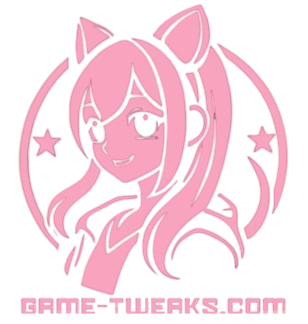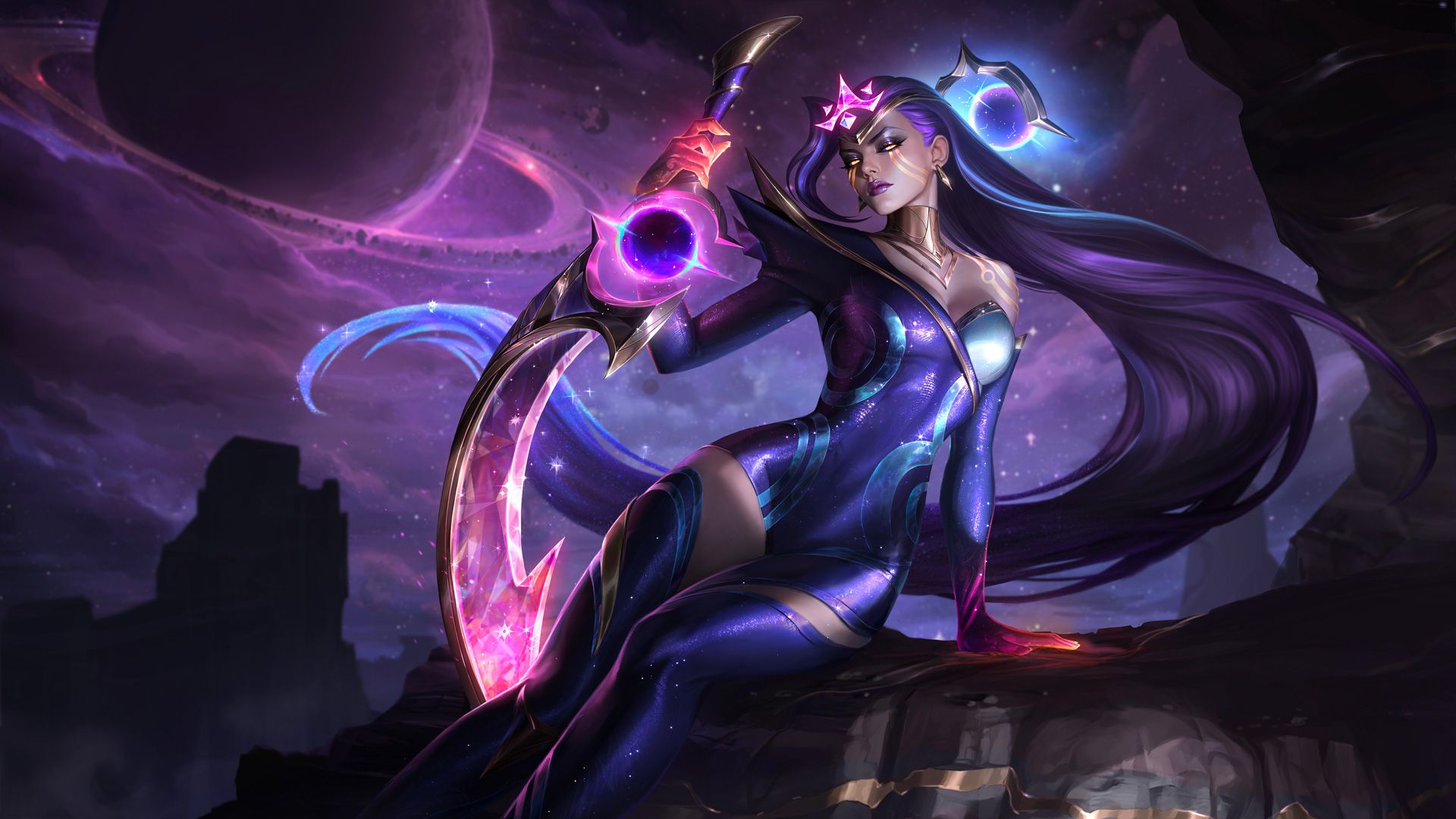Understanding Game Stability in League of Legends
Game stability in League of Legends is a critical factor that encompasses several aspects of gameplay, including champion balance, bug management, and overall player experience. The term refers to the consistency and reliability of the game, affecting how players interact with champions and the game environment itself. In a stable environment, players can rely on the mechanics of the game to function as intended, which is essential for both casual gamers and professionals competing in high-stakes tournaments.
Champion balance plays a pivotal role in achieving game stability. Riot Games, the developer of League of Legends, diligently monitors champion performance and player statistics to ensure no single champion dominates the game at the expense of others. This involves evaluating win rates, pick rates, and player feedback to make informed adjustments through regular patches. By actively balancing champions, Riot maintains a competitive environment where every player can find enjoyment and challenge, regardless of their skill level.
Moreover, a bug-free gaming experience is crucial for stability. Bugs and glitches can disrupt gameplay, leading to frustrations for players at all levels. Riot Games employs a dedicated team of quality assurance testers who rigorously check for issues before they are introduced into the live game. This commitment to identifying and fixing bugs ensures that players can engage in a smooth and immersive experience, thereby maintaining a high level of game integrity.
Overall, Riot Games’ proactive approach to maintaining stability in League of Legends is integral to preserving the game’s longevity. By prioritizing champion balance and a bug-free environment, they enhance the overall player experience, establishing a well-rounded and engaging scenario for all players. This dedication underscores their understanding that both casual and competitive elements of the game thrive best in a stable context.
The Role of Patches in Gameplay
Patches are a fundamental aspect of League of Legends, serving to maintain the balance within the game and ensure an engaging experience for players. These updates vary in frequency and type, categorizing into balance patches, which often focus on adjusting champion statistics, and seasonal patches that can introduce new features or mechanics. Balance patches typically occur every two to three weeks, offering timely adjustments that reflect both the current meta and player feedback. On the other hand, seasonal patches are more extensive, usually released at the onset of a new competitive season, and can include substantial changes such as new champions, items, or game mechanics.
The significance of patches extends beyond mere adjustments; they actively shape player strategies and influence the evolving meta. As champions are buffed and nerfed, players must adapt their gameplay and champion pool accordingly, leading to an ever-shifting landscape of dominant strategies and favored picks. This dynamic ensures that the competitive environment remains fresh, promoting both innovation and a spirit of adaptability among players.
The community’s response to patches can vary widely, ranging from enthusiastic endorsements to vocal criticisms. Players often welcome patches that address perceived imbalances or introduce exciting new content. Conversely, they may express dissatisfaction if a patch significantly alters enjoyed champions or strategies. Such reactions highlight the passionate investment of the community in the game’s development and emphasize the delicate balance that developers must maintain. Overall, patches serve as an essential mechanism by which League of Legends evolves, ensuring that gameplay remains balanced, engaging, and reflective of player needs while also influencing the strategies that define the competitive scene.
Introducing New Champions: Balancing Act
The introduction of new champions in League of Legends serves as a critical element in enriching the game’s experience. Each champion is meticulously designed through a structured development process that combines creative thinking with analytical prowess. The champion design team embarks on a journey to ensure that every new character embodies unique abilities and engaging play styles while fitting seamlessly within the existing framework of the game. However, this journey is laden with challenges, particularly in terms of balancing the new additions.
When a new champion is released, it has the potential to significantly alter the current meta. The term “meta” refers to the dominant strategies and character selections that players typically favor in competitive gameplay. A new champion can disrupt this existing state, as their unique skills may present players with innovative tactics that either enhance or diminish the effectiveness of current champions. This disruption poses a balancing challenge for game developers, who must assess power levels, play styles, and overall impact on the game environment to maintain a sense of fairness for all participants.
Developers must take a holistic approach when introducing new champions. They consider metrics such as win rates, pick rates, and community feedback to gauge whether the champion provides a balanced gameplay experience. Ongoing adjustments, or “patches,” are often necessary post-launch to address any imbalances that may arise. By analyzing how players interact with new champions, developers can implement targeted changes to ensure that no character overshadows others within the game, preserving competitive integrity and an enjoyable experience for all players.
Thus, the role of new champions extends beyond mere novelty; they are pivotal in the game’s ongoing evolution, challenging players to adapt, think creatively, and refine their strategies in an ever-changing landscape. The careful orchestration of champion introduction signifies the broader commitment to maintaining balance and diversity within League of Legends.
The Community’s Perspective on Changes
The League of Legends community exhibits a diverse array of sentiments regarding patches and the introduction of new champions. Player reactions can vary significantly, with some players expressing enthusiasm for the changes while others voice discontent, fearing that adjustments may disrupt established gameplay. The dynamic nature of the game necessitates a constant evolution that accommodates both veteran and new players; however, this can lead to friction among different segments of the community. Supporters of patch updates often appreciate the refinements made to champions and mechanics, viewing them as essential for maintaining balance and sustaining interest. New champions, in particular, can generate excitement as they introduce fresh gameplay styles and strategies, allowing players to explore novel tactics. Yet, the excitement can quickly turn to frustration when new champions overshadow existing ones or distort the meta-game, leading some members to lobby for adjustments through forums and social media.
Riot Games, the developer behind League of Legends, recognizes the value of community feedback in the ongoing process of game development. Listening to player input enables the company to make more informed decisions regarding future patches and updates. Players often share their thoughts and experiences through discussions on various platforms, highlighting their concerns and suggestions. Riot Games actively monitors these interactions, seeking to identify common criticisms and areas for improvement. This collaborative relationship between the developers and the community fosters a culture of engagement, contributing to the betterment of game balance and accessibility.
As the game evolves through patches and the introduction of new champions, players must also adapt. Some take it upon themselves to experiment with new strategies, learning the intricacies of newly released champions, while others may feel compelled to modify their playstyles in response to balance changes. This continuous adaptation reflects the community’s investment in League of Legends, as engagement with the game’s updates ultimately enhances the overall player experience. The resilience and adaptability of players further strengthen their connection to the game.


No responses yet